The daisy is a widespread, wild plant. It is not only used for decorative purposes, but is also enjoying increasing popularity in the kitchen. In addition, it is used in traditional folk medicine, especially for complaints of the digestive tract and for wound healing.
Occurrence & cultivation of the daisy

The daisy has many popular names, for example Maßliebchen or Awesome. The plant, which can be found on almost every nutritious meadow and lawn in Central Europe, belongs to the daisy family. Their height is low with about four to fifteen centimeters.
It is characterized by its flower head, which consists of white ray florets surrounding the yellow tubular florets in the center. From Europe, the daisy also found its way to North and South America, the Pacific coast and New Zealand. As a so-called storage plant, the daisy is able to survive frosty temperatures in the snow.
The daisy is occasionally used as a forage plant. The human kitchen has recaptured it in the wake of the country lust boom, where it is used as a tasty and decorative salad ingredient. In naturopathy, among other things, the wound-healing effect of the daisy is used.
Effect & application
At the latest, since it is fashionable again to liven up the menu with weeds and wild plants, the daisy is enjoying a renaissance in the kitchen. There it is not only used in green salads. This is how children taste the freshly plucked flowers on bread and butter - all the more so when they have picked the white flower grains themselves!
In addition to the flowers, the leaves of the daisy are also edible. This is where the young leaves from inside the rosette taste best. Finely cut, they bring variety to the salad and make a great eye-catcher as a soup addition. The open flowers taste slightly bitter, while the half-open flowers and the buds of the daisy have a pleasant nutty taste. Pickled, the buds also serve as a substitute for capers.
They are also made into daisy tea, daisy honey or daisy jelly. Daisies are not only tasty, they also contain many healthy nutrients such as vitamin C, calcium, magnesium and potassium. The bitter substances, tannins, saponins, flavonoids and the essential oil they contain are medically effective.
They are mainly used for stomach, gallbladder and liver problems. Since they stimulate the metabolism (and thus the appetite), they also have a positive effect on the appearance of the skin and the internal organs. A raw vegetable salad with daisies can whet your appetite for the menu below. To do this, yoghurt is mixed with mustard and balsamic vinegar to make a sauce. Freshly ground black pepper and the bitter to slightly hot-tasting daisy blossoms round off the salad dressing.
Since the plant is widespread, you can collect it yourself. In pharmacies and herbalists you can buy air-dried daisies from controlled collections in food quality. The superstition says that plants that were harvested on Midsummer Day - June 24th - are most effective. To make a daisy tea, two teaspoons of dried daisies are poured over a quarter of a liter of boiling water. After a steeping time of ten minutes, the tea, which can be sweetened with a little honey if necessary, can be drunk.
Importance for health, treatment & prevention
Both in traditional naturopathy and in modern phytotherapy, daisies are used internally as tea, and externally as a tincture. The effect of daisy tea is primarily aimed at the digestive organs: thanks to the bitter substances it contains, it stimulates the appetite before eating and also promotes the digestion of fatty foods after eating.
The high content of saponins ensures that daisy brew is traditionally also used to dissolve or relieve coughs, especially in children. It is also the saponins that counteract spring tiredness and to which the daisy owes its general stimulating effect. Daisy tea also has a diuretic effect, which is why it can be used to combat edema.
It is also used in gynecology in the event of absent or painful menstrual bleeding. Daisy tea is also used for headaches and insomnia. Applied topically, a daisy tincture can help heal wounds and clear up blemished skin. More recent studies have also shown that daisies have an antimicrobial effect. On the go, for example on hikes, daisies can be used as a quick replacement for adhesive plasters: Simply put a few daisy leaves on the wound, bruise or sprain.
Since daisies have anti-inflammatory and analgesic effects, the symptoms improve quickly. If the leaves of the daisy are rubbed between the fingers, the resulting juice can be used to relieve itching - for example after an insect bite. But skin damaged by contact with nettles also breathes a sigh of relief when treated with the juice of the daisy leaves.
Impure skin benefits in the form of washes or a facial toner with daisies. Even cold sores improve with daisy toppings, which is attributed to the flavonoids and tannins it contains. A decoction made from the green leaves of the daisy is used for rashes.
Abscesses and age spots can also be relieved by rubbing in with daisy broth. While all of these uses have been well known since the Middle Ages, the daisy briefly fell into disrepute in the eighteenth century for being believed to have abortion properties. However, this could not be confirmed.

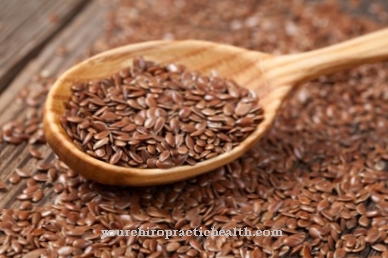
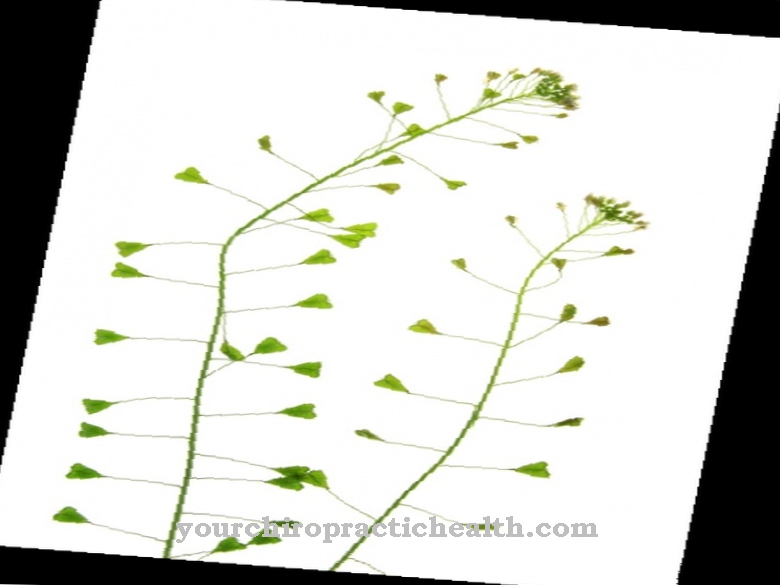
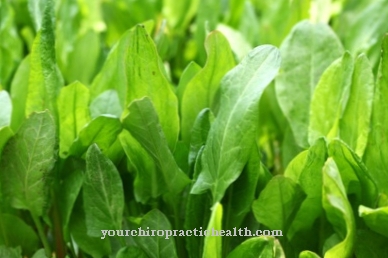

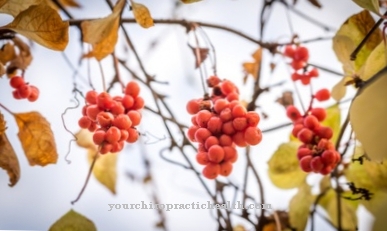
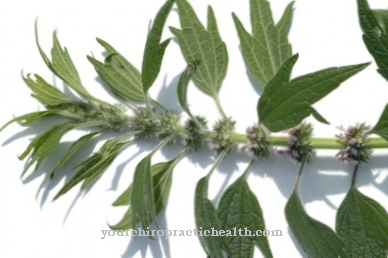

















.jpg)



